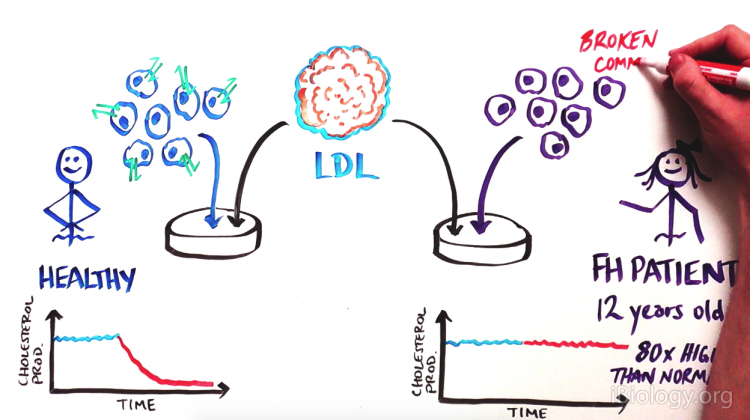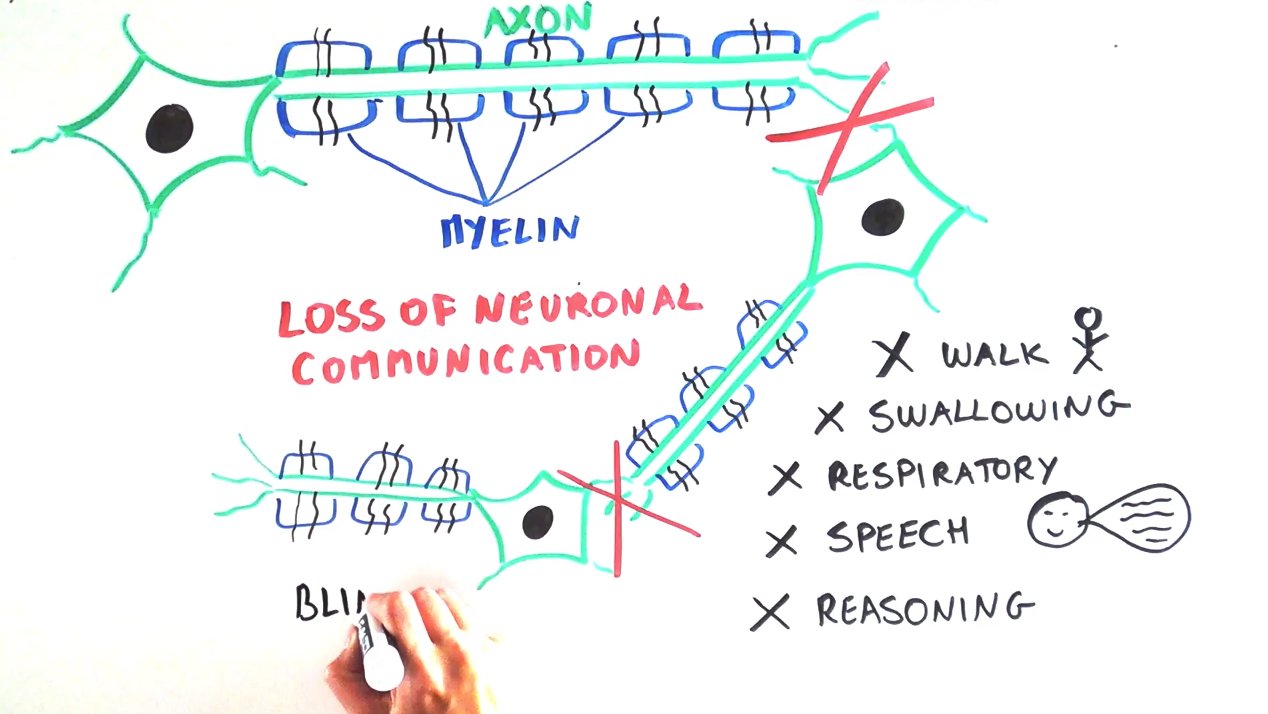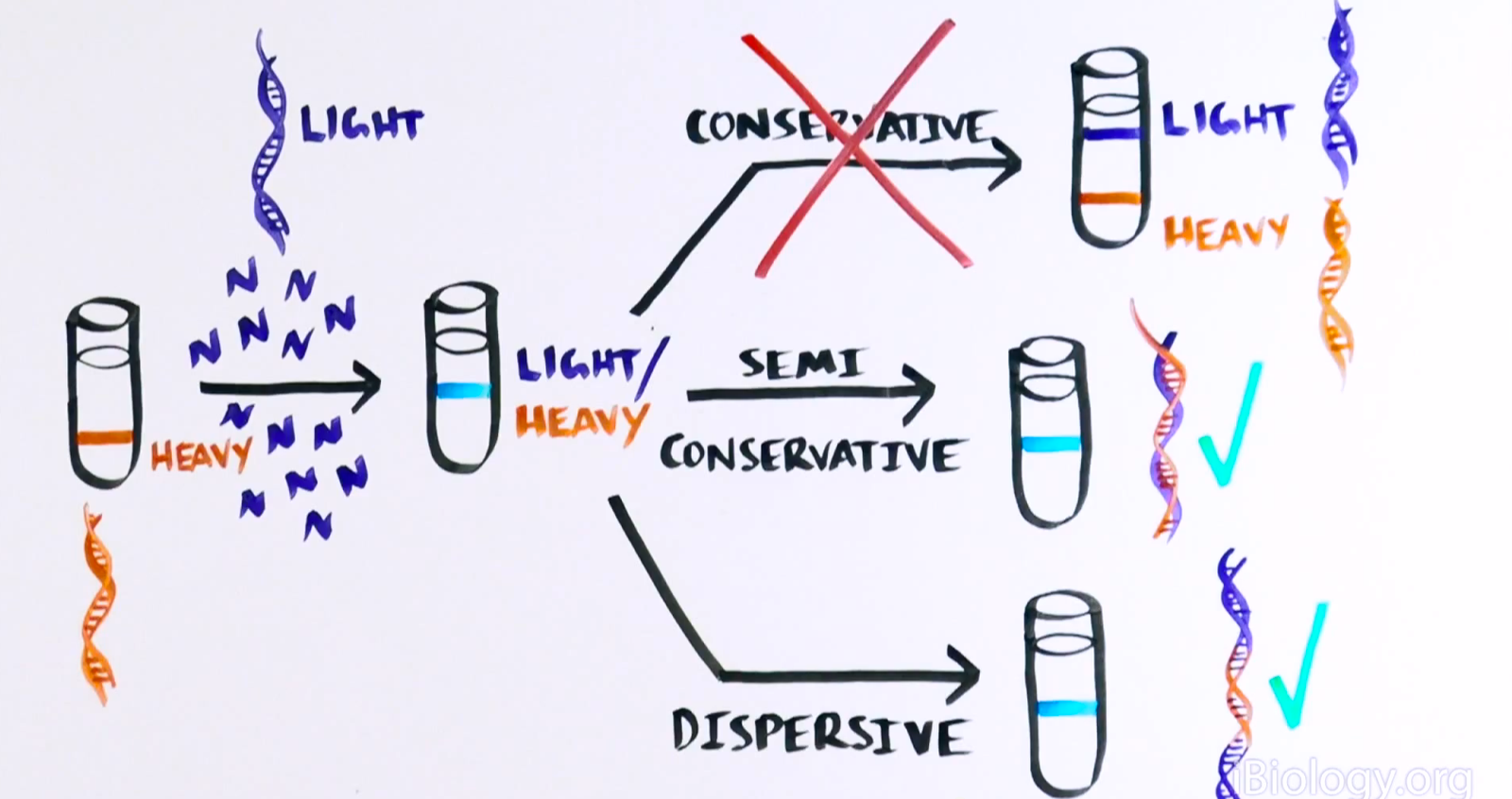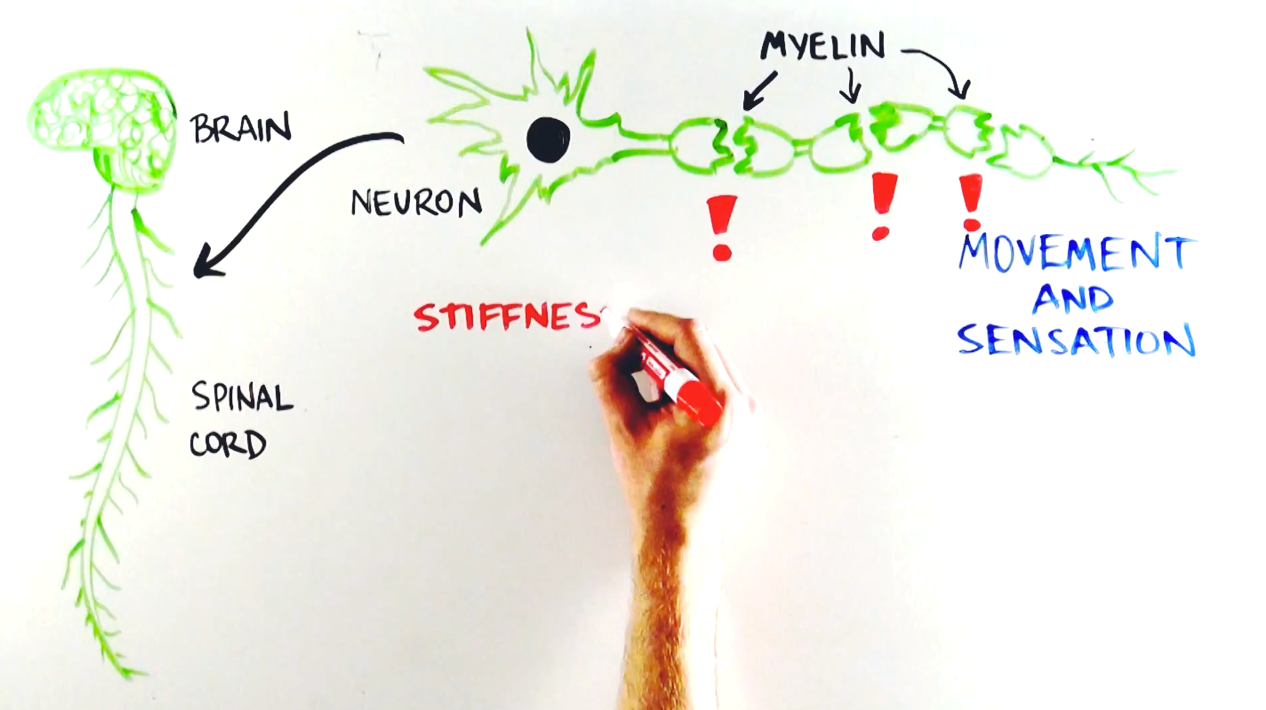While postdoctoral fellows at the NIH, Joe Goldstein and Michael Brown were presented with a young patient with familial hypercholesterolemia (FH), a disease characterized by high LDL cholesterol and atherosclerosis. Scientific curiosity along with a desire to help these patients led Brown and Goldstein to dedicate themselves to understanding the biological basis for FH. This…
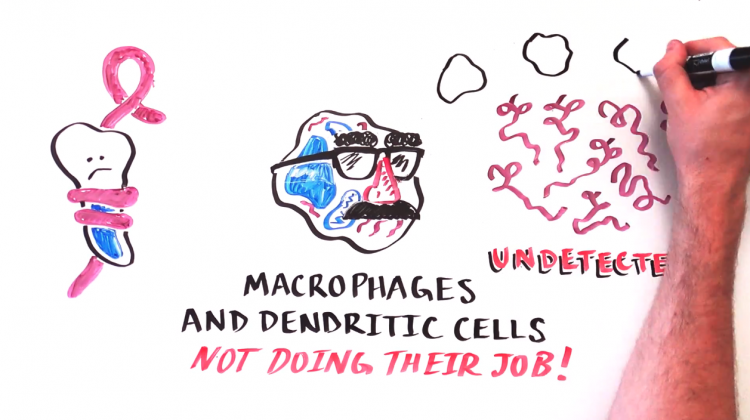
Explaining Ebola: The science behind the outbreak
Learn about the Ebola virus and the current 2014 outbreak. How does the Ebola virus infect humans? Why do certain patients survive and others don’t? What treatments are currently being tested? Find out the answers to these questions and more in this video.
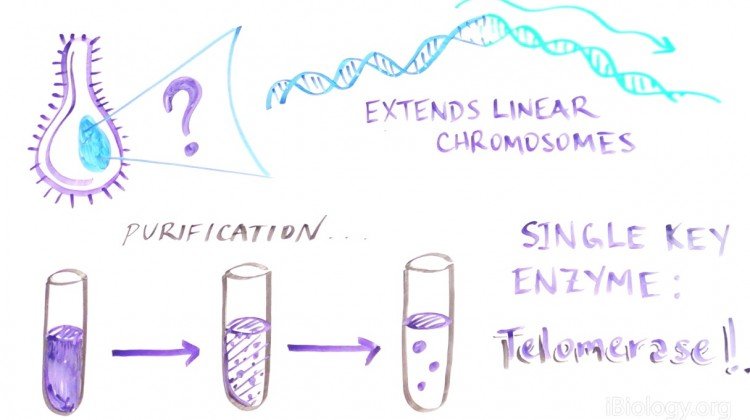
The Key to Chromosome Immortality
In the 1980s, scientists knew that DNA polymerase could not copy the ends of chromosomes, yet chromosome ends were still largely maintained in an organism. Additionally, they observed that the ends of chromosomes consists of highly repetitive sequences they called telomeres. Blackburn and her colleagues hypothesized that the cell must have a mechanism to add…
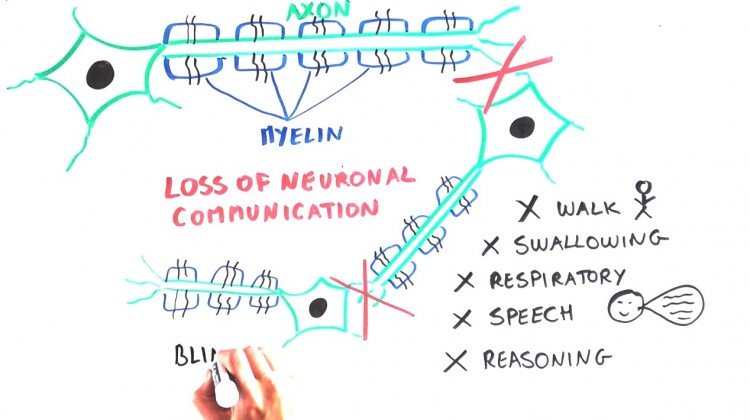
What is MLD? Metachromatic Leukodystrophy explained to all
Metachromatic Leukodystrophy is a devastating genetic disease that comes in multiple forms and affects the myelin around neurons in the brain and spinal cord. Learn about the different subtypes of MLD, the biology underlying the disease, and what potential treatments are available and will become available thanks to MLD research. This video was produced…
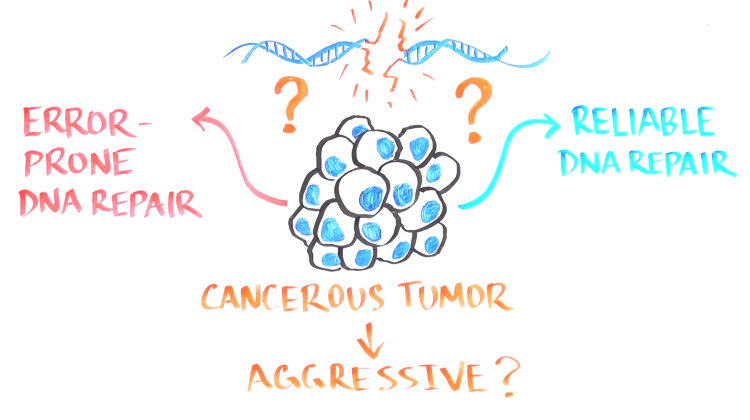
Keeping Score: A new way to identify winners and losers in tumor genetics
Did you know that cancer cells choose to improperly repair their DNA when it is damaged? But WHY? Learn about the development of the RPS score that determines whether a tumor is repairing its DNA reliably or improperly and what this means for breast and lung cancer treatment and prognosis. Original article
The Most Beautiful Experiment in Biology
Meselson & Stahl, The Semi-Conservative Replication of DNA In 1958, Matthew Meselson and Frank Stahl published the “most beautiful experiment”, where they demonstrated that DNA undergoes semi-conservative replication. In this video, we describe the experiments that lead to this discovery and why understanding how DNA replicates is so important. This video is a complement to…
The Cat Who Broke his Sweet Tooth
Exploring taste receptors in cats and humans. In collaboration with Carry The One Radio, we have produced a short video explaining why cats cannot taste sweet foods. Learn what cats and dolphins have in common that makes them fundamentally different from humans when it comes to taste and food preferences. Listen to short interviews with…
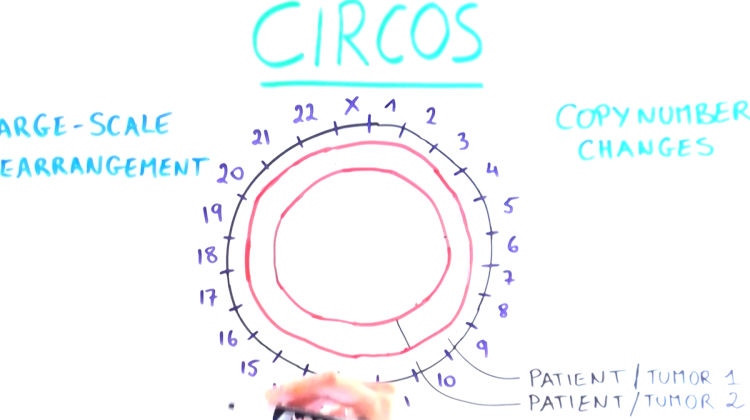
Our Genome in a Circle
Advanced genetics topic: Learn a new way of visualizing complex genetic patterns using Circos. Thanks to this method, it is easy to compare patterns of genomic changes in health and disease to decipher clues such as driver mutations in cancer development. This video was produced in collaboration with SeventyK.
Funding Basic Science to Revolutionize Medicine
Youreka Science Founder Wins FASEB “Stand Up For Science” Video Contest and DeBakey Science Journalism Award for best viral video! Learn how the simple biological finding that bacteria can cut DNA lead to a scientific revolution that is now used in thousands of labs around the world and in the production of insulin for diabetic…
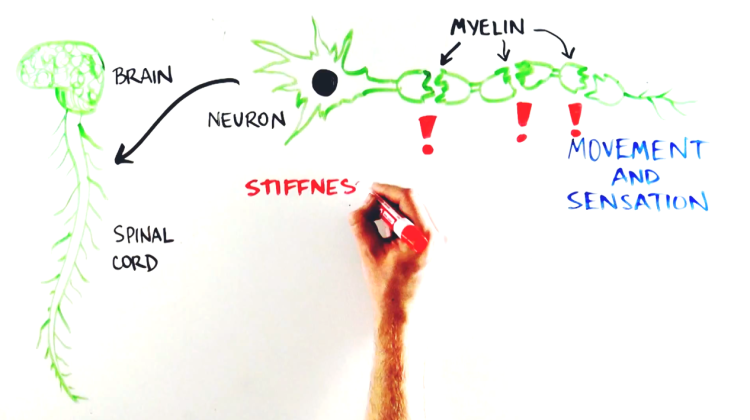
What is ALD? Adrenoleukodystrophy explained
What is ALD? Adrenoleukodystrophy is a devastating genetic disease that affects the myelin around neurons in the brain and spinal cord. Learn the biology underlying the disease and what potential treatments may come from ALD research. This video was produced in collaboration with ALD Connect (www.aldconnect.org)

